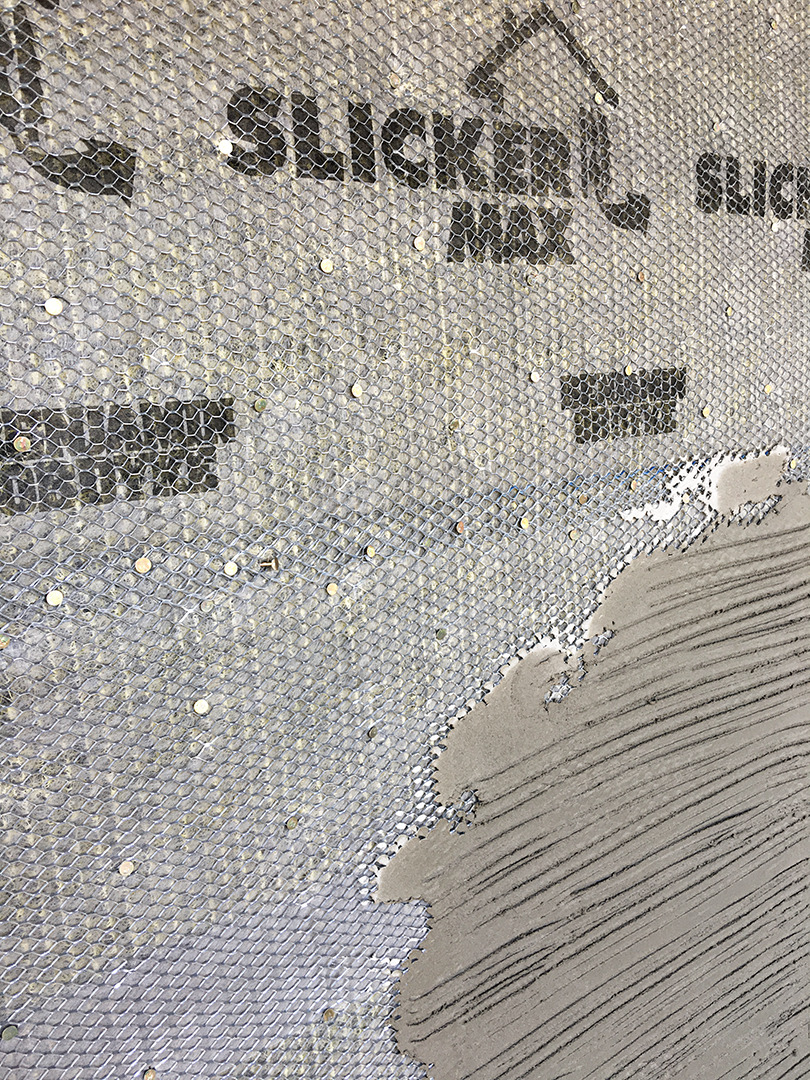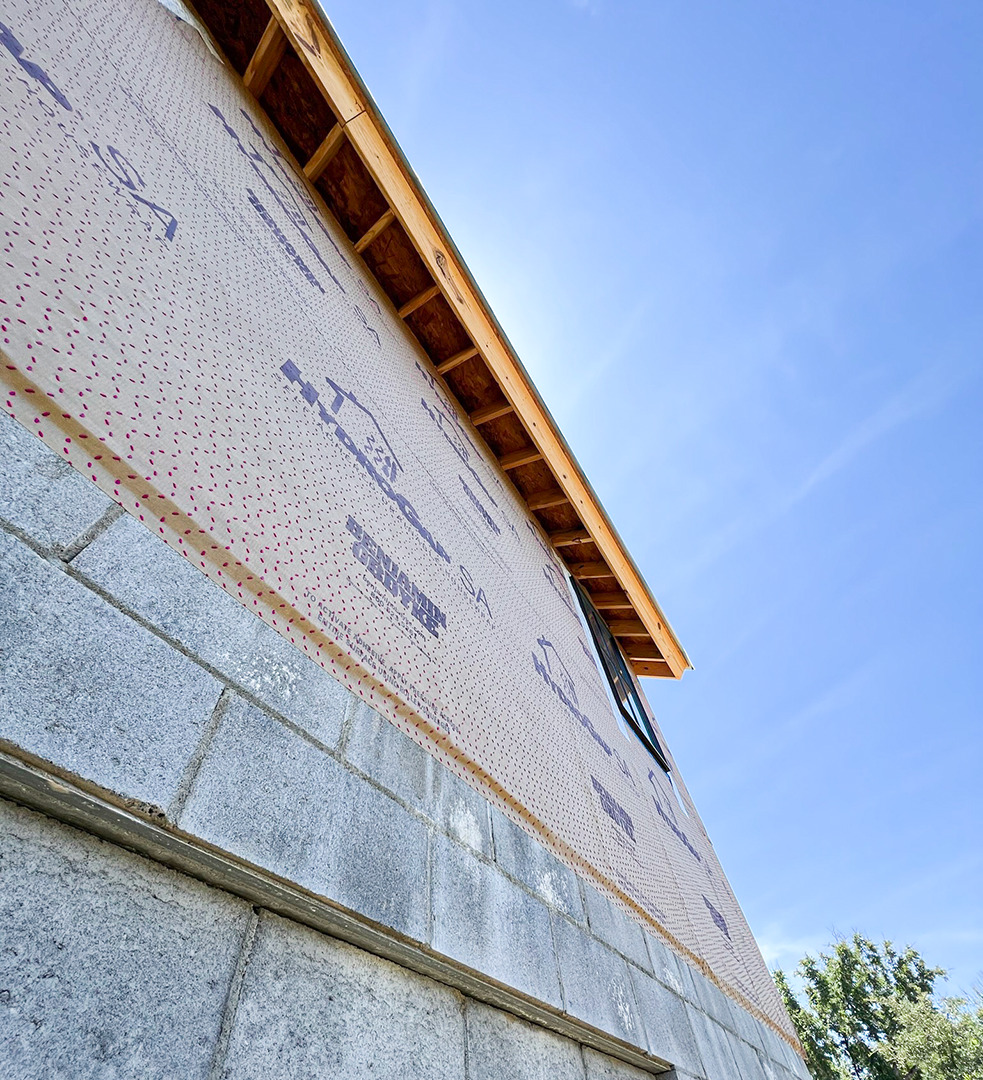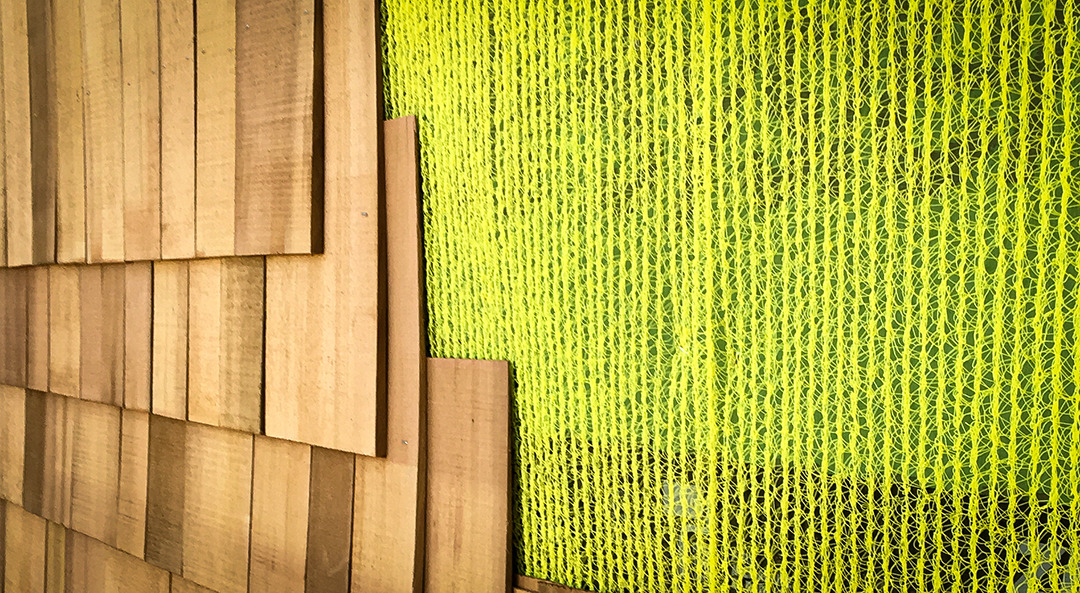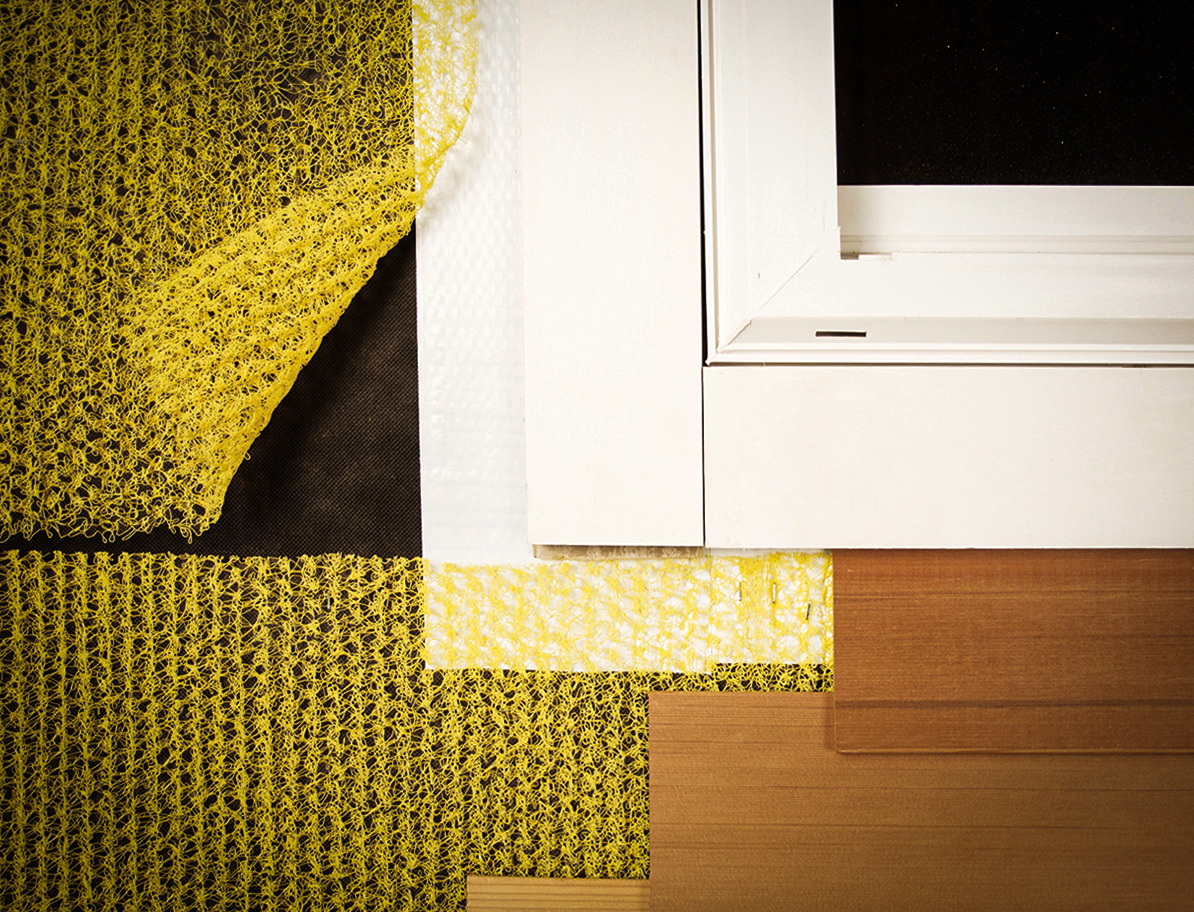There are two solutions for stucco remediation – a partial repair or full tear off.
A partial repair will focus on addressing just the worst areas identified as having damage. Examples of a partial repair include:
- Cutting away and removing only the stucco from the identified area
- Remove and replace any rotted wood that was behind the stucco
- Applying a new layer of stucco
While this method is less costly than addressing the whole wall or house, it doesn’t solve the long-term issue of providing a drainage space throughout the entire wall to properly drain moisture. Since stucco is a porous material and absorbs water, it needs a path to escape. The partially repaired area doesn’t create a path to the bottom of the wall for the moisture to escape, it may just “move” the water problem to a different area of the wall.
A full remediation is more expensive, but is the only real method that can assure the problem will not recur. It is also the best way to fully identify and repair all of the deficiencies in the wall system causing the problem and address any underlying structural damage. This method assures that the proper materials can be used when rebuilding the wall, provide proper flashing, and build a drainage and drying space between the entire stucco cladding and rest of the wall materials.
The Process
- Tear off old stucco down to sheathing
- Take out windows
- Replace damaged sheathing and framing
- Apply layer 1 (drainable housewrap)
- Re-install windows/install new windows with proper flashing
- Apply layer 2 – drainage space (rainscreen)
- Install layer 3 (2nd layer of housewrap)
- Apply new stucco

Slicker® Rainscreen Samples
GET YOUR FREE SLICKER® RAINSCREEN SAMPLES TODAY
While this is all happening to your home a temporary barrier should be installed in order to protect it from rain/snow while the work proceeds.




